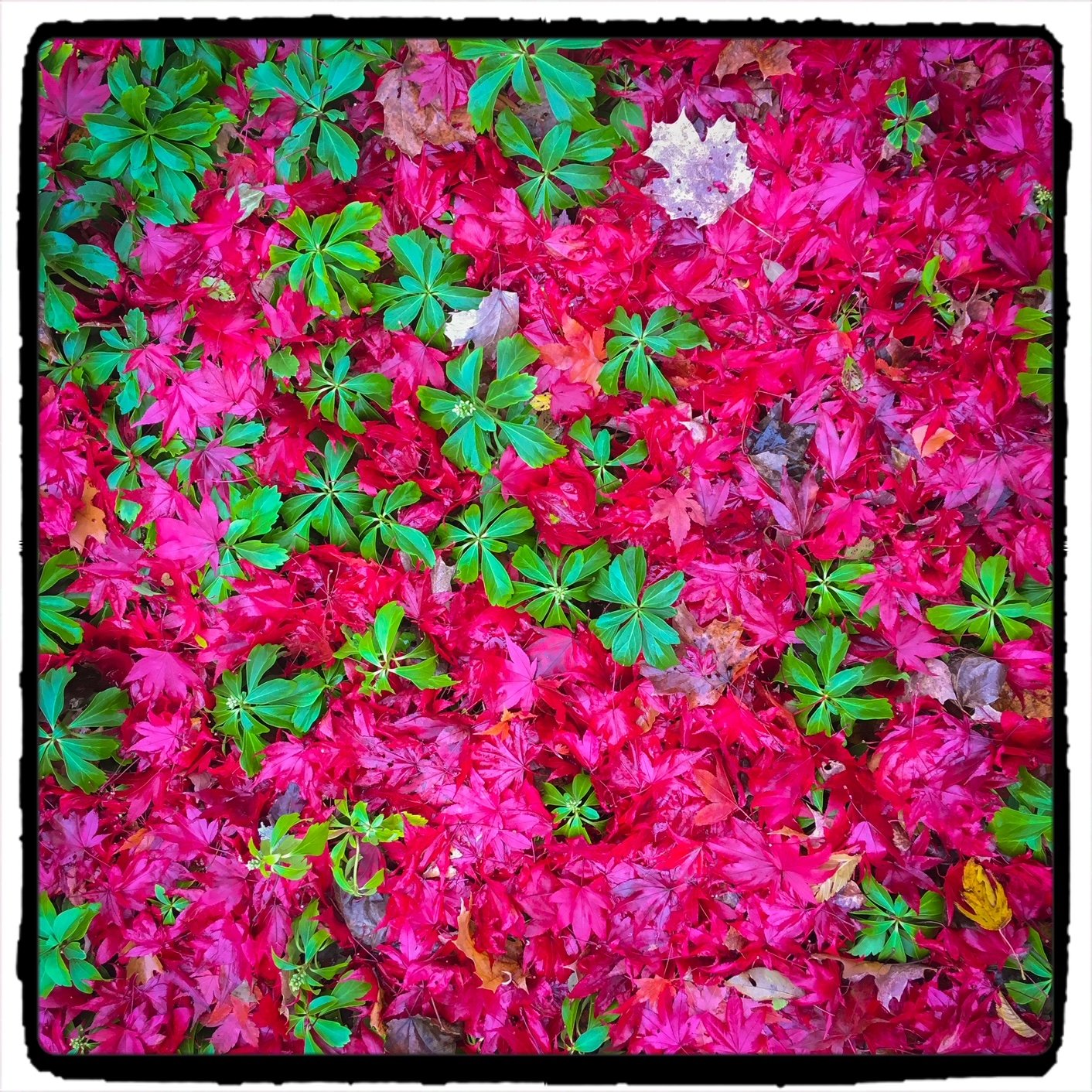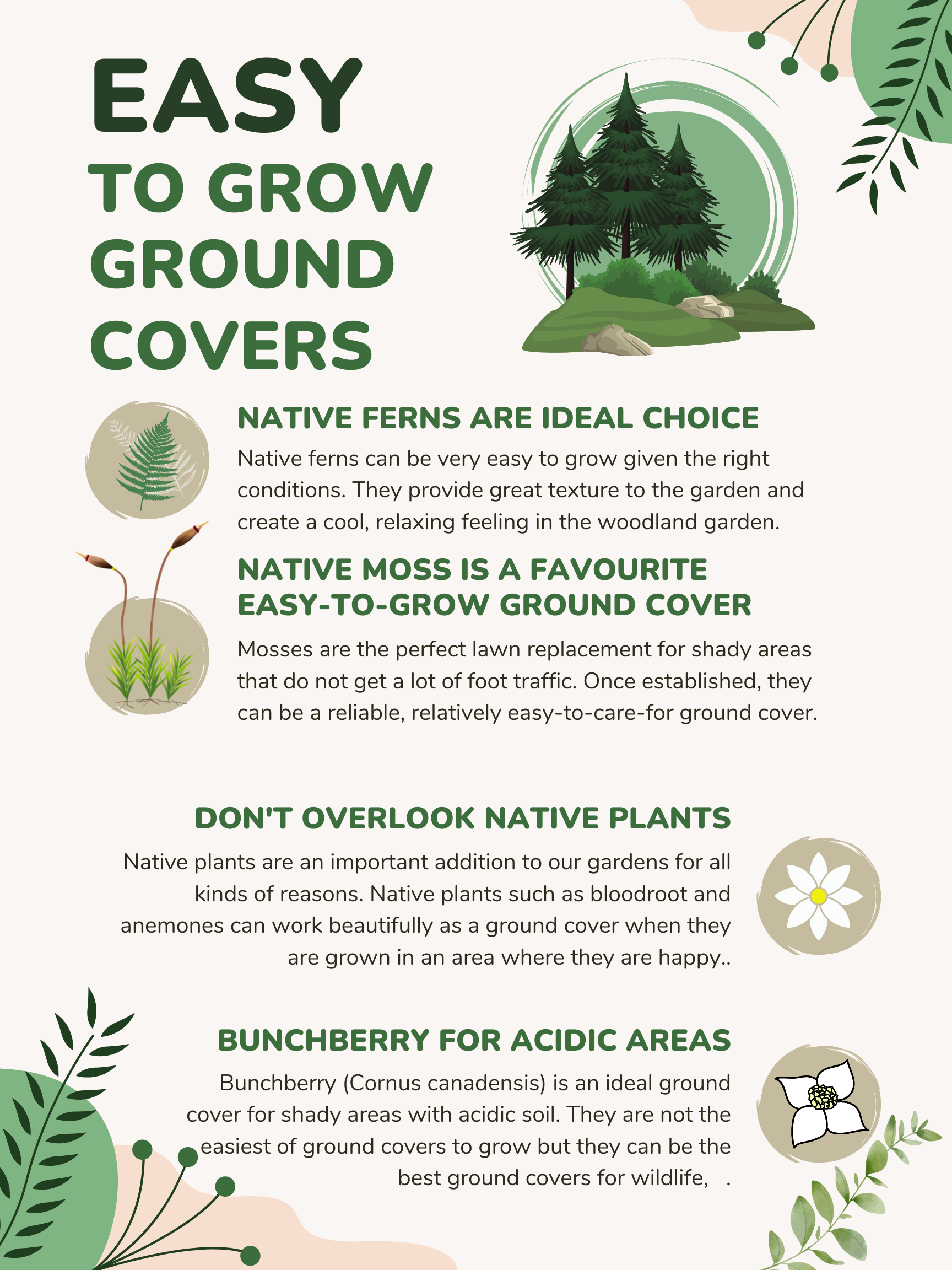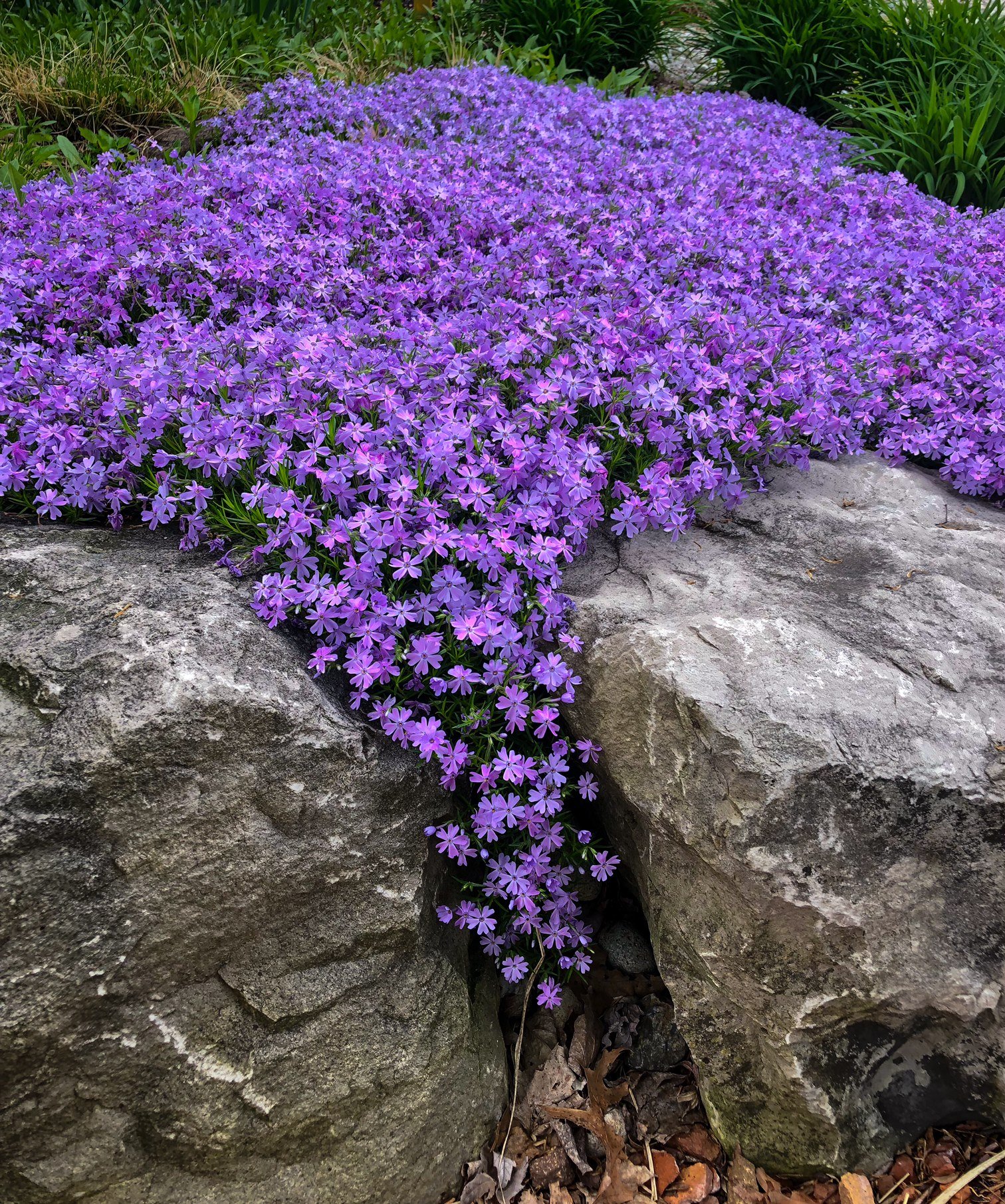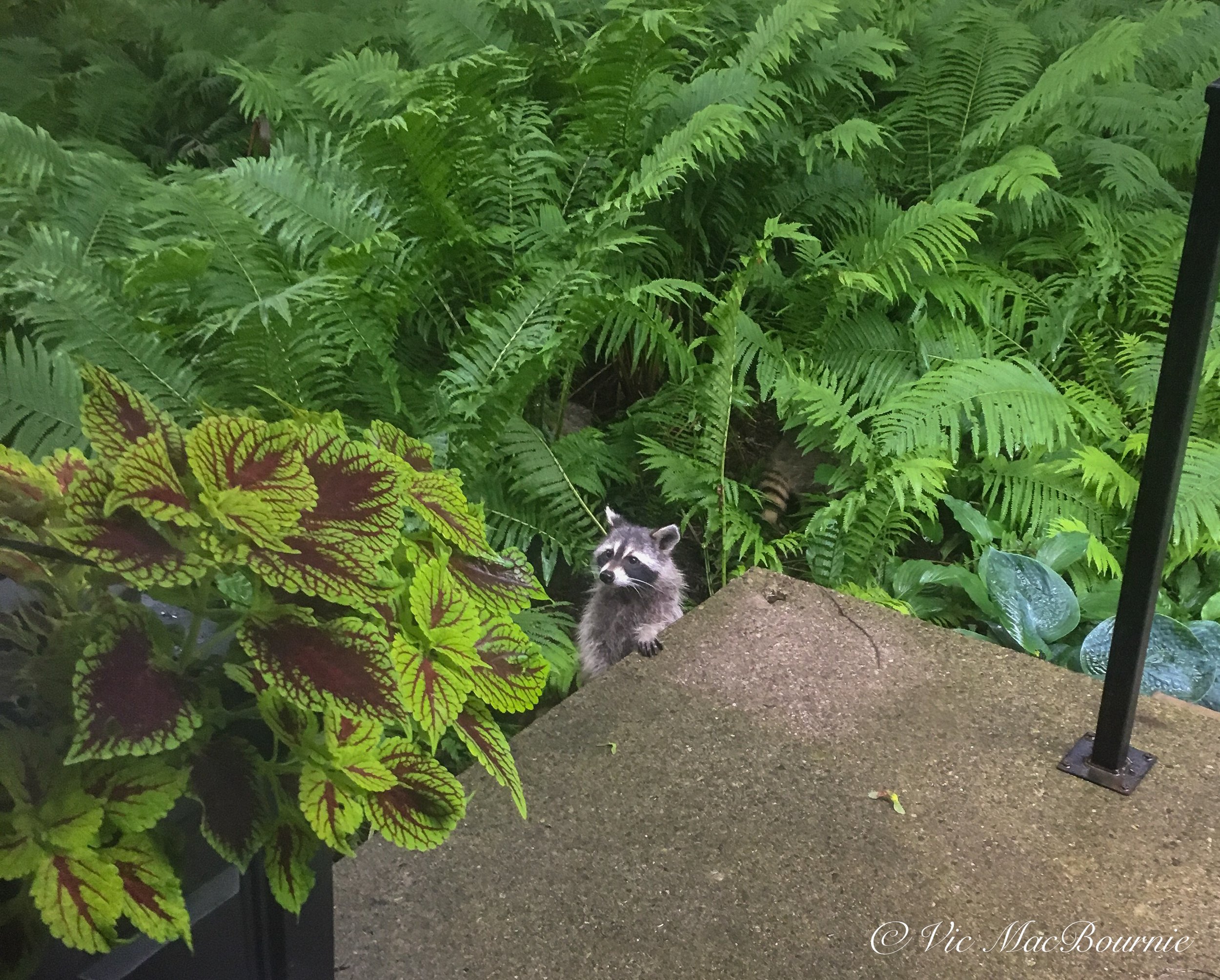What is the easiest ground cover to grow?
Easiest may not always be the best choice
The very nature of ground covers is their eagerness to put on an abundance of quick growth to “cover” the ground as quickly as possible. So it goes without saying that pretty much all ground covers are easy to grow.
But the question we are trying to answer is: What is the easiest ground cover to grow?
I’m going to go out on a limb and say that the ground cover best suited for the conditions in your yard, is the easiest ground cover for you to grow.
Soil conditions, the amount of light in the garden, drainage, the amount of foot traffic, how close you are to the street and salt spray, all play a role in how quickly the ground cover will take to its new home.
But that’s not what you came here for.
You want to know what is the easiest ground cover to grow in your garden to ensure the quickest success possible, right?
Let’s go out on that limb a little farther and say that you are gardening in a woodland garden or shade garden under the canopy of large deciduous trees and a smattering of understory trees and shrubs.
Pachysandra: Easiest ground cover to grow in our front shade garden
What is the easiest ground cover to grow under these conditions?
Again, let’s take another step out on that limb and say Pachysandra or Japanese spurge. That’s the easiest ground cover to grow in a shady garden with decent soil.
I have a large patch of pachysandra growing in our front garden that was grown basically from clippings and now covers a large area under our serviceberry, Japanese maples, a crimson maple and a sugar maple.
It grows thick and tidy, stays green all year and can take moderate foot traffic. It’s not so thick that I can’t grow plants up through the pachysandra and I certainly have a number of plants, including some that you can consider ground covers in themselves, that grow up through the pachysandra where they add texture and interest to the garden.
I would say pachysandra is the easiest to grow in my garden under these conditions.
But it’s not the best ground cover to grow. That’s another discussion all together.
I am confident in saying, however, that the best ground cover would be a ground cover that is native to your area and works hard to benefit the native wildlife from the smallest of insects to the largest of mammals.
Native Bunchberry (Cornus canadensis), wild strawberry (Frafaria virginiana), wild ginger (Asarum canadense), bloodroot (Sanguinaria canadensis) or Bearberry (Arctostaphylos uva-ursi) just to name a few are “better” choices than the non-native pachysandra.
Creeping phlox is the easiest in a sunny, dry area
In another area of the front garden close to the street that gets a lot of sun, the easiest ground cover to grow is creeping phlox. It’s a real winner in my books because of the incredible flower display it puts on in early spring before it turns into a lovely carpet of almost moss-like foliage.
In the sunny area of our front garden, creeping phlox is the easiest ground cover to grow.
Is it the best ground cover to grow, though?
Maybe native ground covers like Field Pussytoes (Antennaria neglecta) would be better, or Silverweed (Argentina anserina) or even creeping juniper (Juniperus horizontalis.)
Looking for more information on ground covers? Please check out my other posts on ground covers I use in the woodland garden.
• Bunchberry perfect ground cover for woodland garden
• Three great ground covers for the woodland garden.
• Hardy Geraniums as a ground cover
Understory trees grow up through the massive grouping of ostrich ferns that form the perfect ground cover for the woodland garden.
Ferns are the easiest ground cover for our shady back garden
Finally, in our backyard, under our mature locust tree is a large area that was originally a large expanse of turf grass that required weekly mowing and everything else that goes along with grass.
It gets a little more dappled sun than the front yard and the soil is more sandy and maybe not quite as good.
It gets literally no foot traffic or salt spray.
For more information on growing ferns, you may be interested in The Plant Lover’s Guide to Ferns, informative book.
One look at the massive ostrich fern (Matteuccia struthiopteris) garden that has easily out competed the grass and there is no question that ferns are the easiest ground cover for that area.
If I recall, I started with a handful of donated ostrich ferns from a coworker and those few ferns have grown and spread to hundreds maybe even thousands in number and cover a massive area with their cooling summer appearance.
For more on our massive fern garden check out the following post: Creating a fern garden in a small yard.
If there was ever any doubt, one look as the fern glen and you’ll agree the ostrich ferns are the easiest ground cover to grow in that part of the garden.
The fact that ostrich ferns are native to our area is an additional bonus.
Again, like the other ground covers, I grow trees and shrubs up through the ferns to add texture and interest to an otherwise sea of 3-4-foot-high ferns where female deer often use the cover to hide their fawns in spring.
In this case, they are the easiest to grow and the best ground cover for that area.
But for many gardens, a huge expanse of massive ostrich ferns would be neither the easiest, nor the best ground cover choice. These ferns, when happy, spread like wildfire and would require a lot of thinning if you wanted to keep them contained to a small area.
In addition, the ferns are huge and would quickly over power a small garden.
The very traits that make them perfect for our yard, makes them the wrong choice for another yard.
Easiest ground cover depends on a number of factors
Like life, there are no simple answers to difficult problems when it comes to gardening. Trying to find the easiest ground cover for your garden may not even be the right question to ask yourself.
The better question is probably something like: What are the ground covers that suit the location, are native to my geographic area and will provide the most benefit to local wildlife.
Too often we choose the “easiest” solution that may not be the “best” solution because it is convenient at the time or we may not have taken the time to properly educate ourselves on what is truly “best” for our gardens.
Like way to many gardeners, I am certainly guilty of that. If I had to do it all again, I would change many of the decisions I made just a few years ago to replace non-native plants with native ones whenever possible.
If you are asking the question, what is the easiest ground cover to plant in my garden, please stop and ask the next question before proceeding.
And that is: what is the best native ground cover that will get the job done.





